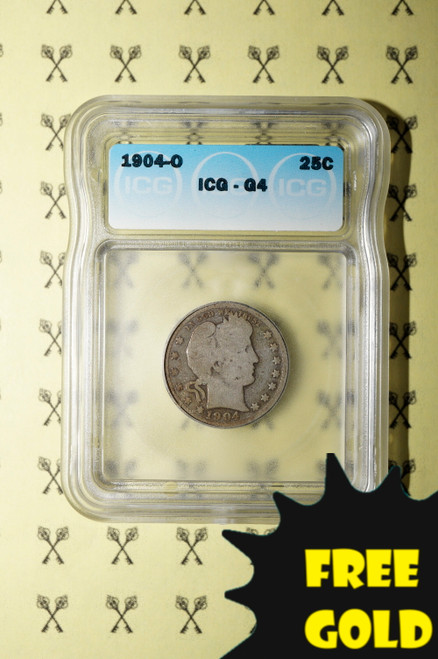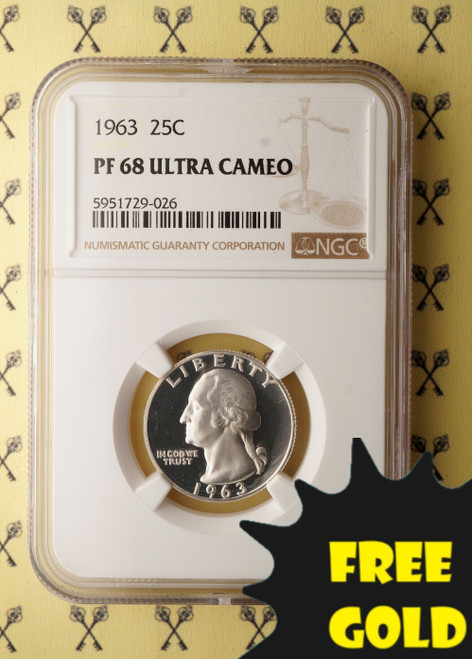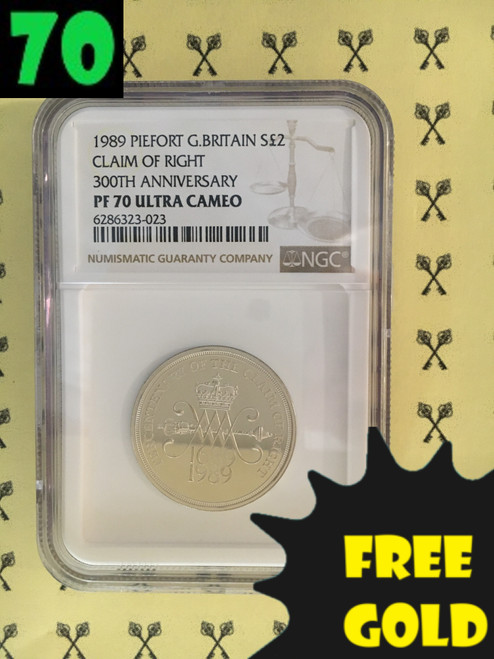-

-

-

-

-
RESTOCKING

-
RESTOCKING

-

-
RESTOCKING

-

1999-S Pennsylvania SILVER Quarter NGC PF 69 $25 VALUE with FREE 1/2 GOLDBACK*
MSRP: $25.00$21.50 -
RESTOCKING

2000-S Massachusetts SILVER Quarter NGC PF 70 Ultra Cameo with FREE GOLDBACK*
MSRP: $75.00$69.91 -

2000-S New Hampshire SILVER Quarter PCGS PR 70 DCam with FREE 1/2 GOLDBACK*
MSRP: $150.00$134.57 -
RESTOCKING

SILVER
Why Silver Is the Most Undervalued Asset of 2025
For centuries, silver has been trusted as real money. Today, it's a vital industrial metal in technologies that power our world—from solar panels and electric vehicles to medical devices and 5G. Yet despite its importance, silver remains dramatically undervalued and under-owned.
As global demand soars and new supply struggles to keep up, silver is entering a new era—one where scarcity meets necessity. In this article, we’ll explore why silver’s role is expanding, why it may be the most overlooked investment today, and how the current system could create a silver price shock.
A Currency for Millennia: Silver’s Legacy as Real Money
Silver has served as money for over 5,000 years. In early civilizations like Mesopotamia, Egypt, Greece, and Rome, silver coins were the lifeblood of commerce. The Greek drachma and Roman denarius were globally accepted and trusted because they carried intrinsic value.
Across the centuries, silver remained a global currency. Key examples include:
- China: Used silver ingots (sycees) and later adopted the widely circulated Spanish silver dollar until the 20th century.
- India: Silver coins formed the monetary foundation of both the Mughal Empire and British colonial rule.
- United States: Silver dollars, half dollars, and dimes were minted from 1792 until 1965. Silver Certificates once promised redemption in real silver.
- Mexico & Spain: Major producers and exporters of silver coinage that fueled global trade for hundreds of years.
How Silver Was Removed from Currency Systems
Despite its long tenure as real money, silver was gradually stripped from national currencies in favor of fiat systems. Major legislative changes included:
- Great Britain’s Coinage Act of 1816: Moved to a gold standard, ending silver as the currency base.
- U.S. Coinage Act of 1873 ("The Crime of ’73"): Ended the silver dollar and embraced a gold-only standard.
- U.S. Coinage Act of 1965: Eliminated silver from circulating coins (dimes, quarters, half dollars), replacing them with base metals.
- China’s 1935 Currency Reform: Removed silver backing to modernize and stabilize the banking system.
Silver Is Disappearing—Literally
Unlike gold, which is mostly stored and recycled, silver is consumed. Every year, hundreds of millions of ounces are lost in industrial applications, often unrecoverable due to the small quantities used in devices.
This consumption includes:
- Soldering and electronics
- Chemical catalysts
- Medical uses
- Solar panels
- Electric vehicles
Most of this silver is never recovered. Once used, it’s gone—creating a long-term structural shortage.
Few Silver Mines = Tight Supply
A major reason silver is underappreciated is its method of extraction. Only about 25–30% of silver comes from dedicated silver mines. The rest is a byproduct of mining other metals:
- Zinc
- Lead
- Copper
- Gold
That means silver supply is tied to the economics of other markets. If base metal prices fall, production of silver can drop—even if demand is skyrocketing.
The Perfect Storm: Demand Is Exploding
Silver Powers the Green Revolution
Silver is essential to the clean energy transition. The solar industry alone now consumes 15–20% of global silver supply, with demand expected to grow as governments ramp up renewable energy mandates.
Electric vehicles (EVs), which require 2–3x more silver than gas-powered cars, are hitting record sales globally.
Tech and AI Are Driving Silver Demand Higher
Silver’s unmatched conductivity and reflectivity make it critical for:
- 5G infrastructure
- Semiconductors
- Advanced computing and AI systems
- Smartphones and consumer electronics
Silver in Medicine and Space
Silver’s antibacterial properties are being used in:
- Wound care products
- Hospital tools
- Water purification systems
- Space suits and aerospace coatings
As new tech and clean energy adoption accelerates, silver is becoming irreplaceable.
Global Governments Are Quietly Buying
While gold dominates central bank reserves, some nations—particularly India and China—are increasingly stockpiling silver.
India is a top silver importer, often buying hundreds of millions of ounces per year for jewelry, investment, and solar manufacturing.
China’s massive clean energy expansion and electronics sector rely heavily on silver. As a result, it’s believed that much of China's imported silver isn’t hitting the open market.
These developments suggest that governments understand silver’s strategic importance, even if they aren’t publicly broadcasting it.
Undervalued, Under-Owned, and Overdue for Repricing
Despite all this, silver remains drastically under-owned by the general public. Unlike gold, which has broad recognition and institutional buying, silver is often overlooked.
But this low ownership is part of its upside:
If even a small portion of the public reallocates into silver, supply could tighten dramatically—sending prices soaring.
Historically, the gold-to-silver ratio has ranged from 15:1 to 40:1. In recent years, it's hit 80:1 to 120:1. Many analysts believe this gap is unsustainable and that silver is one of the most undervalued assets in the world today.
Is the World Running Out of Silver?
Many analysts now believe we are heading into a global silver shortage. With falling COMEX inventories, growing industrial demand, and slow supply growth, all the conditions are in place.
“Silver demand is set to significantly outstrip supply for years to come.”
— Silver Institute, 2024 Outlook
When demand exceeds supply in a critical commodity—especially one this underappreciated—price corrections can be explosive.
Conclusion: Why Silver Deserves a Place in Your Portfolio
Silver has proven itself for millennia—as money, as a store of value, and now as a critical industrial metal. Unlike fiat currencies that can be printed, silver is real, tangible, and irreplaceable.
In 2025, the case for silver is stronger than ever:
- Used in green energy, tech, and medicine
- Consumed, not recycled—creating real scarcity
- Production is limited and inflexible
- Governments are accumulating it behind the scenes
- It’s still affordable—and still largely ignored
Don't wait for the world to catch on. Own silver before the next wave hits.
Ready to Invest in Physical Silver?
Explore our collection of .999 fine silver coins, bars, and rounds. Fast shipping, secure checkout, and quality you can trust.